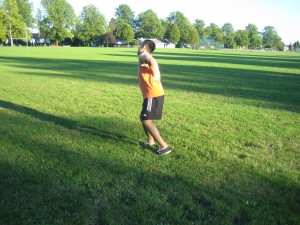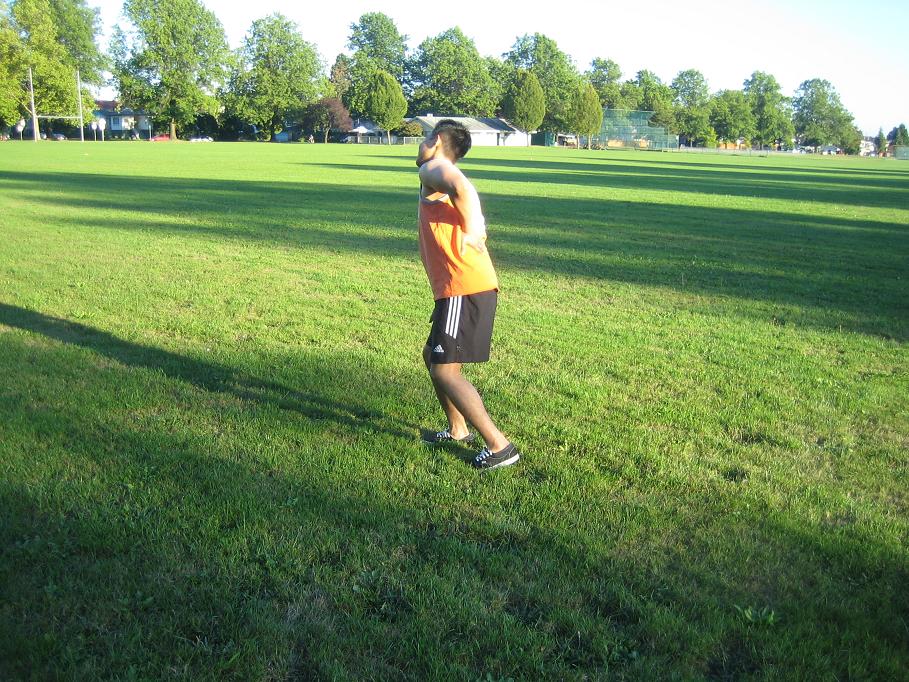Acute low back pain causes abrupt or short-term pain or discomfort in any area in the lower part of the back. The pain can be mild or severe and debilitating. Individuals suffering from the condition can last for several days or even weeks.
This condition is common since the muscles in this area function as the main stabilizer and support most of our body weight. It is also called lumbar pain or backache. The condition usually involves stiffness, pain, difficulty standing or sitting and limited range of motion.

Common causes of acute low back pain
There are various events that can cause acute low back pain. In most cases, it is caused by injury to the muscles or connective tissues on the lower back. It can be a sprain, strain, partial tear or complete tear and spasm. Other causes of acute low back pain include:
- Sudden movements
- Lifting of heavy objects
- Accidents
- Standing or sitting in one position for an extended period
- Trauma or injury to the back
- Menstrual cramps
When to seek treatment for acute low back pain
In most cases of acute low back pain, they usually result from minor injury in the lower back. In such cases, the pain will go away on its own or with the help of minor home treatments. It is important to visit the doctor if the following are present:
- Pain that lasts for more than two weeks
- Redness or swelling around the spine
- Pain that is not caused by injury
- Pain that spreads down the legs
- Severe pain that interferes with daily activities and sleeping
- Numbness or weakness in the muscles around the lower back
- Incontinence
- Urinary problems such as pain during urination or blood in the urine
- Fever
- History of cancer
How to treat acute low back pain
If an individual is suffering from acute low back pain due to minor strain or injury, it can be treated at home by following the steps.
- Avoid physical activity for several days
- Continue with physical activities after the first few days but avoid lifting, heaving and twisting
- Apply ice on the affected area for the first 72 hours right after the onset of the symptoms and continue until the inflammation subsides
- Consult a doctor to help out with the pain.
In case the pain has not subsided after a month, your doctor will check the spine or nerve tissues. Even medications are prescribed such as pain relievers and muscle relaxants.
Preventing acute low back pain
Once the pain has subsided, it is best to modify your lifestyle and integrate activities to prevent future back pain.
- Stretch the muscles regularly
- Avoid standing for extended periods
- Observe proper lifting techniques when lifting heavy objects
- Wear appropriate footwear
In any of the first aid courses, it includes the appropriate steps to take on how to deal with acute low back pain or backache. It is important to enroll in one of these classes so that you can deliver the appropriate measures in case a friend or family member suffers from backache.

